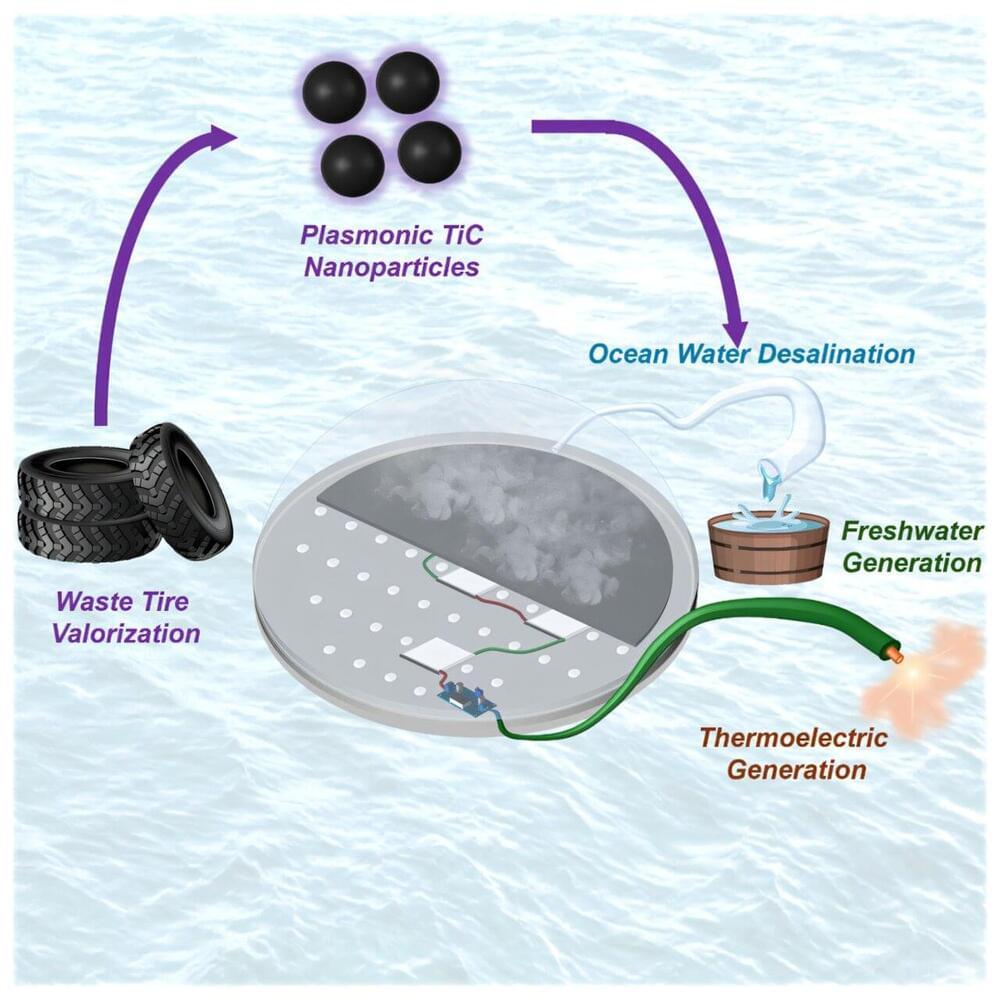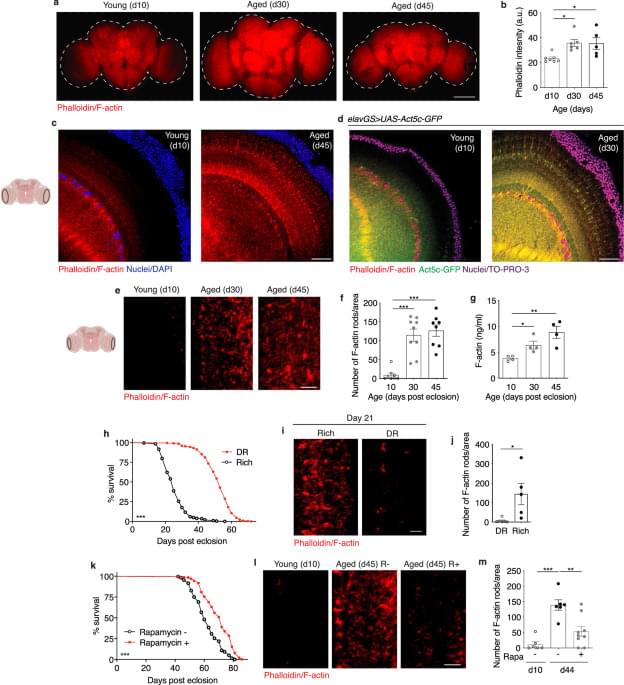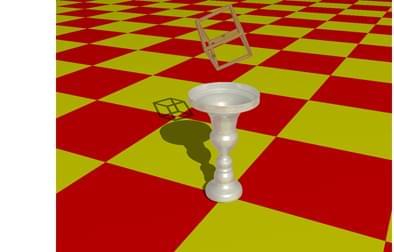Chinese researchers with ties to China’s People’s Liberation Army (PLA) have built an AI model called ChatBIT, designed for military applications using Meta’s open-source Llama model. According to Reuters, some researchers are associated with the Academy of Military Science (AMS), the PLA’s top research group.
Three academic papers and several analysts have confirmed the information, with ChatBIT using Meta’s Llama 13B large language model (LLM). This LLM has been modified for intelligence gathering and processing, allowing military planners to use it for operational decision-making.








